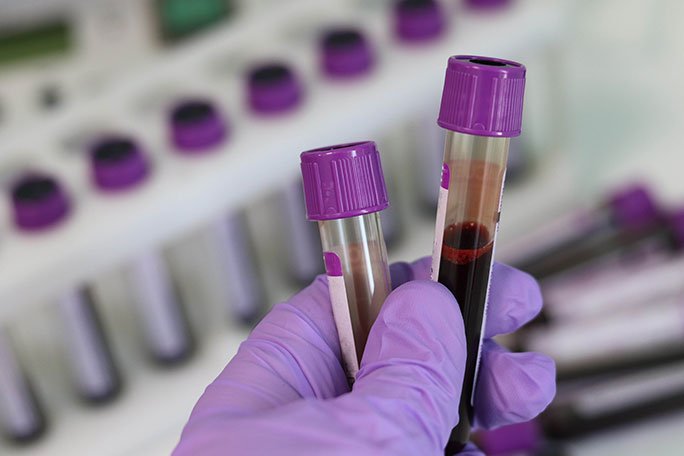Ensuring Patient Safety: FDA Regulations for Hospitals and Medical Devices
Summary
- The FDA regulates medical devices to ensure safety and effectiveness
- The FDA classifies medical devices based on the level of risk they pose
- Hospitals must adhere to FDA guidelines to maintain patient safety
Introduction
In the United States, hospitals rely on a wide range of medical devices and equipment to provide quality care to patients. It is crucial that these devices are safe and effective in order to protect the health and well-being of patients. The Food and Drug Administration (FDA) plays a key role in regulating medical devices to ensure they meet certain standards. By enforcing protocols and guidelines, the FDA helps to maintain the safety and effectiveness of medical devices used in hospitals across the country.
FDA Regulations for Medical Devices
The FDA regulates medical devices under the Federal Food, Drug, and Cosmetic Act. This regulatory framework is designed to ensure that medical devices are safe and effective for their intended use. The FDA classifies medical devices into three categories based on the level of risk they pose:
Class I: Low Risk
- Devices that pose minimal risk to patients
- Examples include tongue depressors and bandages
Class II: Moderate Risk
- Devices that pose moderate risk to patients
- Examples include infusion pumps and catheters
Class III: High Risk
- Devices that pose significant risk to patients
- Examples include pacemakers and heart valves
Guidelines for Hospital Supply and Equipment Management
Hospitals must adhere to FDA guidelines when managing their supply of medical devices and equipment. This includes:
Quality Control
- Ensuring that all devices meet Quality Standards
- Regularly inspecting and maintaining equipment
Training and Education
- Providing staff with proper training on how to use devices
- Keeping staff informed of any updates or recalls
Documentation and Tracking
- Keeping detailed records of device purchases and maintenance
- Tracking the usage of devices to ensure they are properly maintained
Importance of FDA Guidelines
Adhering to FDA guidelines is crucial for hospitals to maintain patient safety. By following these protocols, hospitals can ensure that the medical devices they use are safe and effective. Failure to comply with FDA Regulations can result in serious consequences, including patient harm and legal liability. It is essential for hospitals to prioritize compliance with FDA guidelines in order to protect the well-being of their patients.
Conclusion
In conclusion, the FDA enforces protocols and guidelines to ensure the safety and effectiveness of medical devices used in hospitals in the United States. By regulating medical devices and classifying them based on risk, the FDA helps to maintain high standards of quality in healthcare. Hospitals must adhere to FDA guidelines in order to protect the health and well-being of their patients. By following these guidelines, hospitals can ensure that the medical devices and equipment they use meet safety and efficacy standards set forth by the FDA.

Disclaimer: The content provided on this blog is for informational purposes only, reflecting the personal opinions and insights of the author(s) on the topics. The information provided should not be used for diagnosing or treating a health problem or disease, and those seeking personal medical advice should consult with a licensed physician. Always seek the advice of your doctor or other qualified health provider regarding a medical condition. Never disregard professional medical advice or delay in seeking it because of something you have read on this website. If you think you may have a medical emergency, call 911 or go to the nearest emergency room immediately. No physician-patient relationship is created by this web site or its use. No contributors to this web site make any representations, express or implied, with respect to the information provided herein or to its use. While we strive to share accurate and up-to-date information, we cannot guarantee the completeness, reliability, or accuracy of the content. The blog may also include links to external websites and resources for the convenience of our readers. Please note that linking to other sites does not imply endorsement of their content, practices, or services by us. Readers should use their discretion and judgment while exploring any external links and resources mentioned on this blog.
